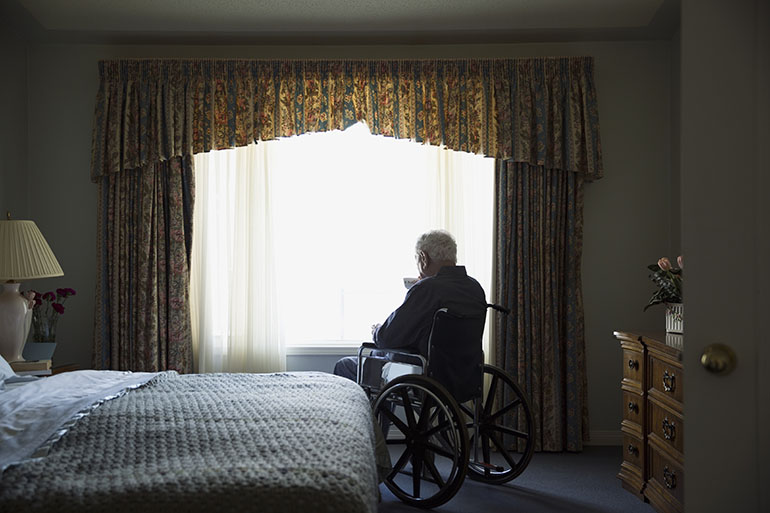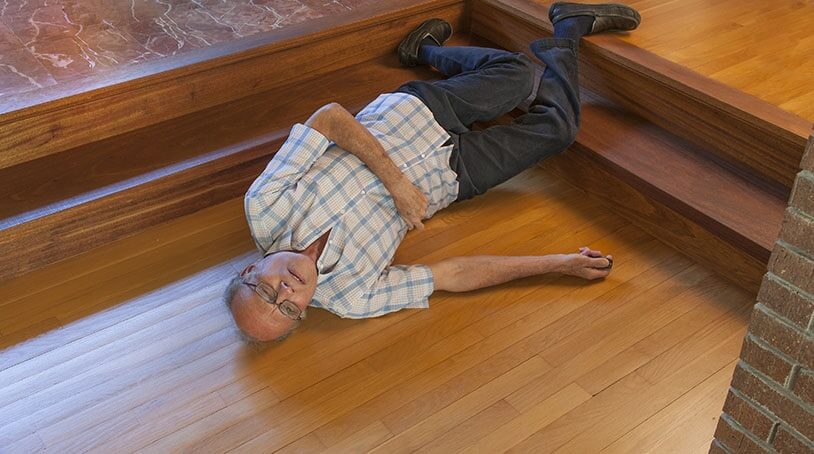As our loved ones age, ensuring their safety becomes a top priority. One of the critical aspects to consider is fall detection in senior-friendly cities. With the increasing number of seniors choosing to live independently, it’s essential to understand how cities can be designed to support their needs and prevent falls.

Understanding the Importance of Fall Detection
Falls are a significant concern for the elderly. According to the CDC, falls are the leading cause of injury among older adults. The need for effective fall detection systems in senior-friendly cities is paramount to ensure timely assistance and reduce the risk of severe injuries.
What Makes a City Senior-Friendly?
A senior-friendly city is designed with the needs of older adults in mind. This includes accessible transportation, safe walking paths, and community support services. These cities prioritize the safety and well-being of their elderly residents, making them ideal for implementing advanced fall detection solutions.
The Role of Technology in Fall Detection
Technology plays a crucial role in fall detection. Innovations such as IoT sensors and smart devices are transforming how we monitor and ensure the safety of our seniors. To learn more about these advancements, you can visit IoT sensors.
Key Features of Fall Detection Systems
Effective fall detection systems should include real-time monitoring, immediate alerts, and integration with emergency contacts. These systems can significantly enhance the safety and independence of seniors living in senior-friendly cities. For more on how technology is transforming elderly care, visit smart elderly care solutions.
Real-Time Monitoring
Real-time monitoring ensures that any fall is detected immediately, allowing for swift intervention. This feature is vital in preventing prolonged periods of distress or injury for the elderly.
Immediate Alerts
Once a fall is detected, the system should send out immediate alerts to designated contacts or emergency services. This quick response can be lifesaving.
Integration with Emergency Contacts
Integration with emergency contacts ensures that family members and caregivers are notified instantly, providing peace of mind. Explore more about this feature at emergency contacts.
Challenges in Implementing Fall Detection Systems
While the benefits of fall detection systems are clear, there are challenges in implementation. These include technological limitations, privacy concerns, and the need for widespread adoption in senior-friendly cities.
Technological Limitations
Not all seniors are comfortable with technology, which can hinder the effective use of fall detection systems. It’s essential to design user-friendly interfaces that cater to this demographic.
Privacy Concerns
Privacy is a significant concern when implementing monitoring systems. Solutions that prioritize privacy, like those discussed in privacy-friendly solutions, are crucial for widespread acceptance.
Widespread Adoption
For fall detection systems to be effective, they need to be widely adopted in senior-friendly cities. This requires collaboration between city planners, healthcare providers, and technology developers.
Benefits of Fall Detection in Senior-Friendly Cities
Implementing fall detection systems in senior-friendly cities can lead to numerous benefits, including increased safety, enhanced independence, and improved quality of life for seniors.
Increased Safety
With real-time monitoring and immediate alerts, seniors can feel safer in their environments, knowing that help is just a moment away.
Enhanced Independence
Fall detection systems allow seniors to maintain their independence while ensuring their safety, giving them the freedom to live their lives confidently.
Improved Quality of Life
By reducing the risk of falls and ensuring quick assistance, these systems contribute to a better quality of life for the elderly.
Conclusion
Incorporating fall detection systems in senior-friendly cities is an essential step towards ensuring the safety and well-being of our aging population. By addressing the challenges and leveraging technology, we can create environments where seniors can thrive independently and securely.

FAQ
What is the primary function of fall detection systems?
Fall detection systems monitor and alert designated contacts when a fall occurs, ensuring timely assistance for seniors.
How can technology improve fall detection?
Technology enhances fall detection through real-time monitoring, immediate alerts, and integration with emergency contacts, improving the response time and overall safety.
Are there privacy concerns with fall detection systems?
Yes, privacy concerns exist, but solutions that prioritize privacy, such as those without cameras, are available to address these issues.
This article contains affiliate links. We may earn a commission at no extra cost to you.






